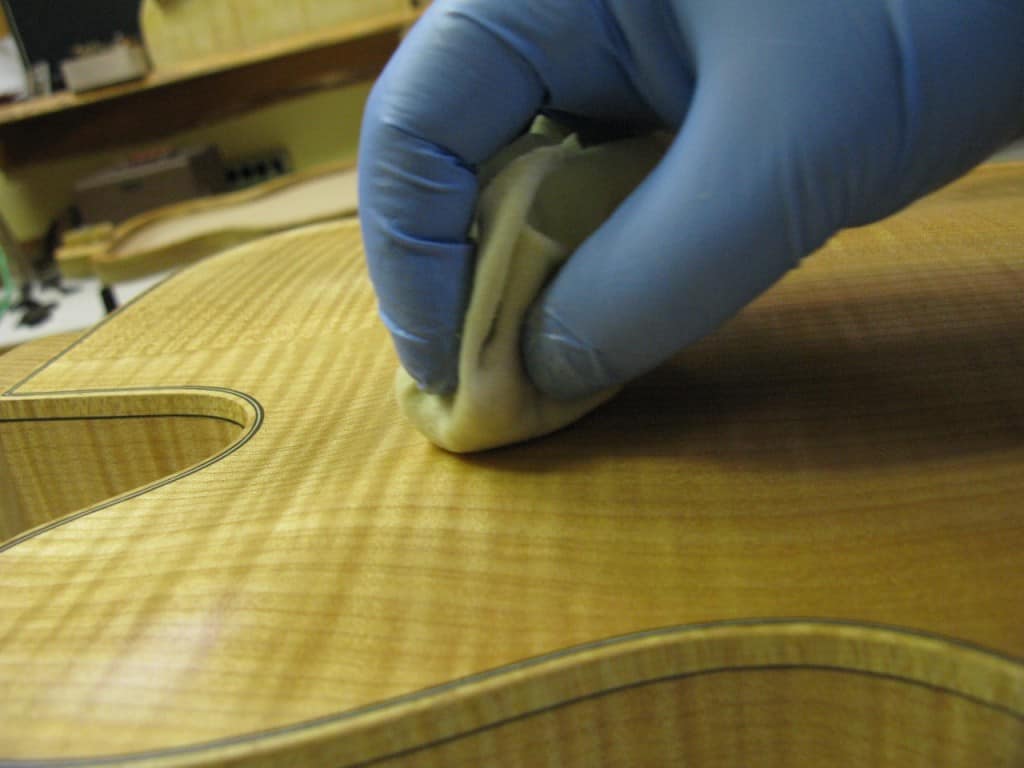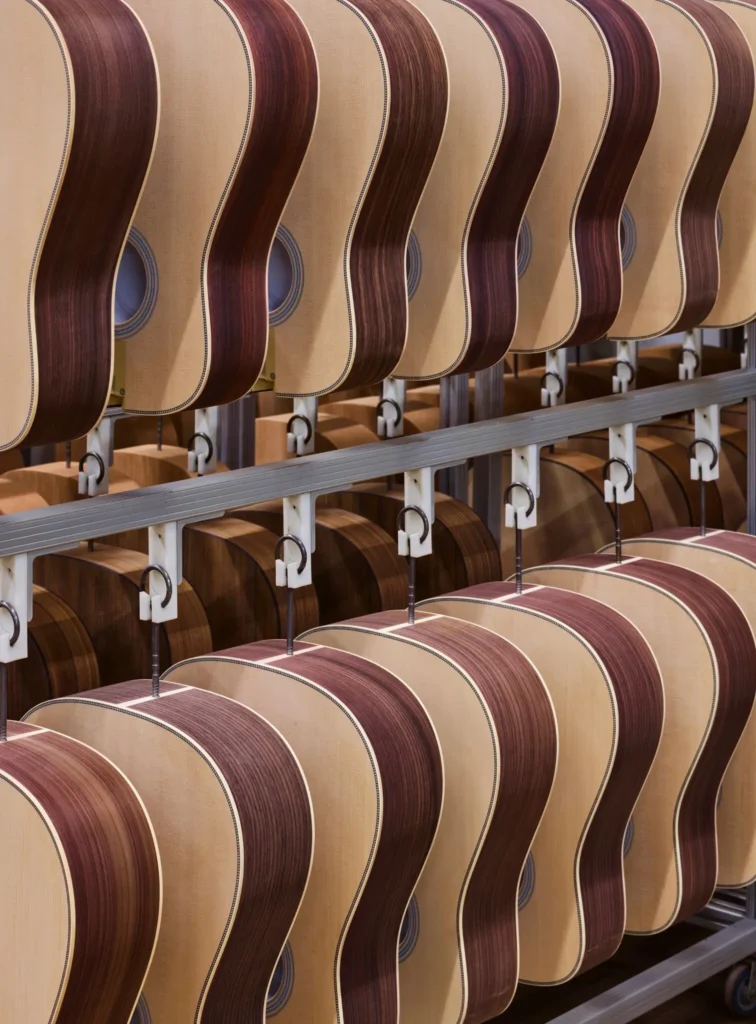History of TV Yellow, one of Gibson’s most intriguing colours of the 1950s

What is its origin and where does the colour TV Yellow come from?
In 1954 Gibson released the Les Paul Junior as an affordable student version of the Gold Top model. Initially available in Sunburst, it was soon also released in a distinctive colour called TV Yellow.
This finish has a somewhat pale yellowish tone and is semi-translucent, so that some of the wood grain is vaguely visible. In 1955, TV Yellow also appeared on the then-new Les Paul Special model. In 1960 both models changed to SG form and Gibson discontinued the use of TV Yellow.

There is still a lot of speculation as to why Gibson chose this name for its finish. Some claim that it was chosen specifically to look good on black and white televisions. Or that it was created because normal yellow and white did not look good on the (then new) early colour TVs.
These theories, though often quoted, seem far-fetched. It wouldn’t make much sense for Gibson to develop a colour intended for professional-level musicians performing live on television and then use it for cheaper entry-level models. It is thought that at the time Gibson would have preferred artists to play their more luxurious Gold Top and Custom models on television.
There are two other theories that I find more credible.
- Firstly: TV sets of the early 1950s had wooden cabinets finished in the then fashionable colours, such as “whitewashed mahogany”. This paint was readily available, as it was in widespread use. Gibson planned to mass-produce a basic guitar. The name TV Yellow would be appealing and familiar to the American public at large.
- Secondly: in 1950 Fender introduced the Esquire priced at $139.95 and a year later the Broadcaster (later renamed Telecaster) for $189.50. Both were finished in Blonde, a semi-opaque off-white finish that aged quickly to a slightly yellowish hue.
By the early 1950s, Gibson was already competing vigorously with Fender. The Les Paul Jr. and Special models shared a similar style to the Fender guitars available, with their flat bodies, simple, straightforward styling and single- or double-pickup versions.
Apart from their lower prices (LP Jr $119, LP Sp. $169), using a similar finish to the Fender models would have made sense from a marketing point of view.
Whatever the reason Gibson called it TV Yellow, this finish certainly looked good on these 1950’s Gibson models.
Still, it is not an easy colour to reproduce accurately. A lighter pale yellow colour on a darker mahogany body needs an undercoat, but the wood grain should remain slightly visible. To enable our customers to recreate this type of finish, we have developed this colour, along with an application guide so that you can exactly replicate Gibson’s original multi-stage process.
How to replicate a TV Yellow guitar?
The positive aspect of painting your own Tv Yellow guitar is that you can obtain a more or less intense tone depending on the number of coats you apply. With a few coats you will get a paler tone, and if you want a more intense or striking yellow, you will have to apply more coats until you reach the desired tone.
Don’t forget to follow our TV Yellow painting tutorial to get a professional result.
*Collaborative article written in collaboration with Martijn Vink – Product Manager Guitar in THE MUSIC ALLIANCE*


